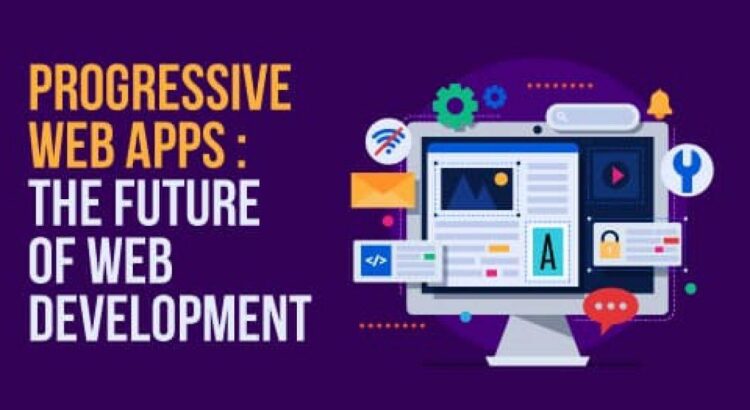Customer retention is outlined as a company’s capability to retain its clients over time. It is a percentage-based metric that evaluates the number of consumers who are retained by the end of certain period.
Customer retention strategies
Following are some examples of several retention strategies achieved by different brands:
- Inspire with a Mission – In his wonderful book- Start with Why, Simon Sinek describes that the distinction among a good as well as a great corporate is that a good corporate sells its products/services, whereas a great one sells its idea. And it isn’t the service or product that the people get attached to or pay a premium for, it is what the product stands for.
- Start Customer Education Program – It shows your duty to your clients for the long-run. A lot of brands are schooling their clients by initiating knowledge bases, walkthrough videos and discussion forums. Some famous brands also offer certifications and courses for studying about their products/services. SEMrush is a major example of this. They not just provide courses for their offerings however also general marketing content which assists clients outside their offerings.
- Use Subscriptions – Consumers re-purchase if they are getting special treatment over the one-time buyers. Subscription-based model is a major part of any of the service providers. The entire SaaS industry which provides subscriptions is above $208.1 billion in size.
- Customer Surveys – Send your clients a speedy online survey to benefit a better vision into what is working, and what is not. You can never please every consumer on every issue, however surveys can aid you recognize patterns you have missed. A great survey should have a combination of multiple-choice questions & free text answer fields to permit the consumer to express their thoughts thoroughly where required.
- Use Gamification – It is an extremely effectual & pleasant approach to acknowledging your dedicated customers for remaining loyal to you. Customers may get a discount for advising friends, redeemable points for every transaction, or a badge as a symbol of a milestone. Different types of gamification approaches comprise:
- Loyalty programs
- Scavenger hunts
- Referral contests
- Target Abandoned Carts – Target Cart abandonment is a serious issue that all industries face irrespective of their nature or size. Recuperating them is a necessity.
- Reward your loyal clienteles – Starbucks Rewards revamped the loyalty programs universally by concentrating on cost decrease. It has turn out to be an inspiring customer retention strategy for several businesses.
- Apologize for your mistakes – Mistakes ensue in business, no matter what. Whether it is a data breach, a billing problem, an outage, etc., a mistake could put you at stake of losing esteemed customers if you do not address it correctly.
- Thank your customers – To thank your clients is an obligation for each and every business. But to take an effort to acknowledge your customers, outside of email campaign or a client purchase goes a good way towards creating a remembered brand.






